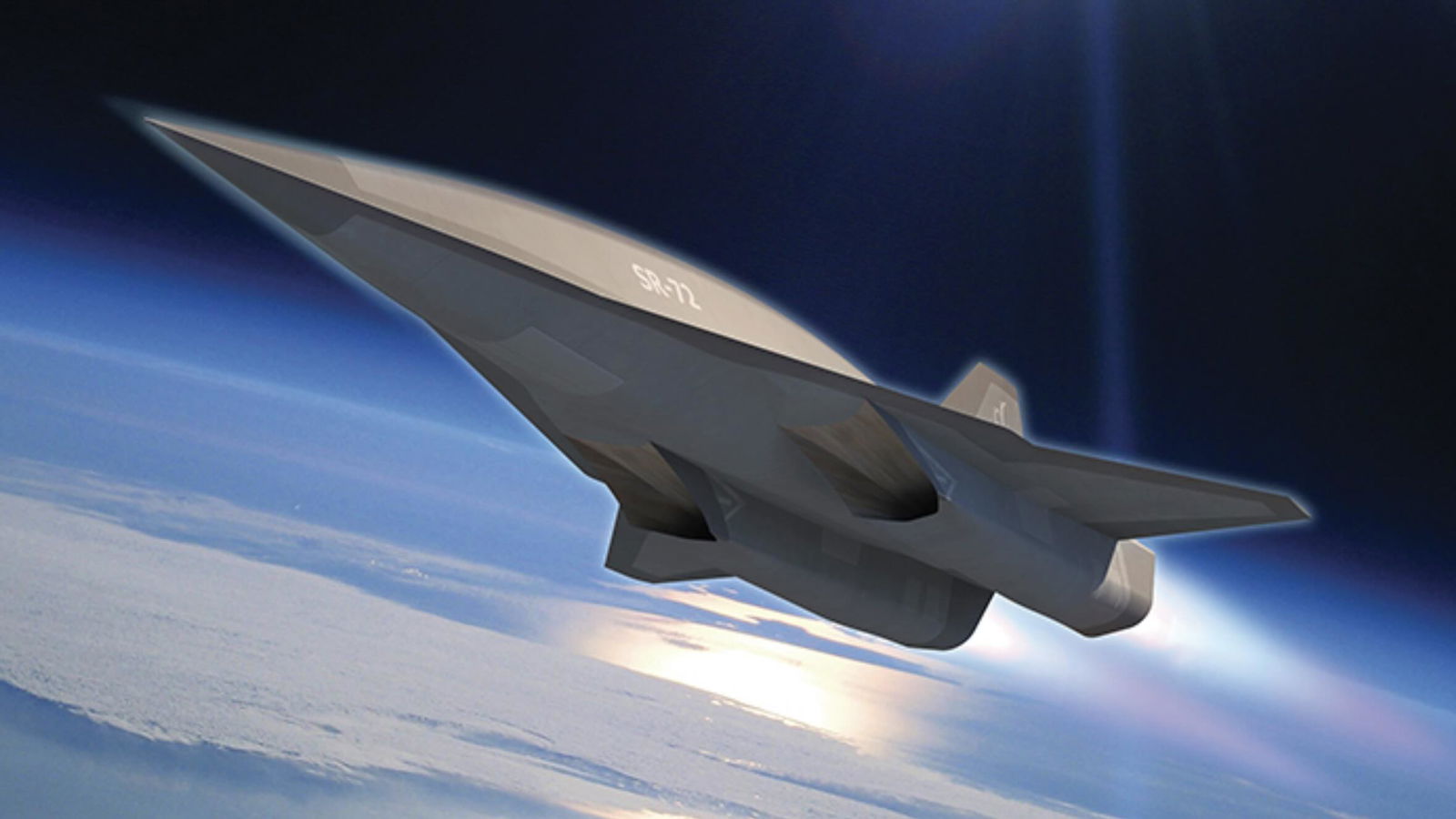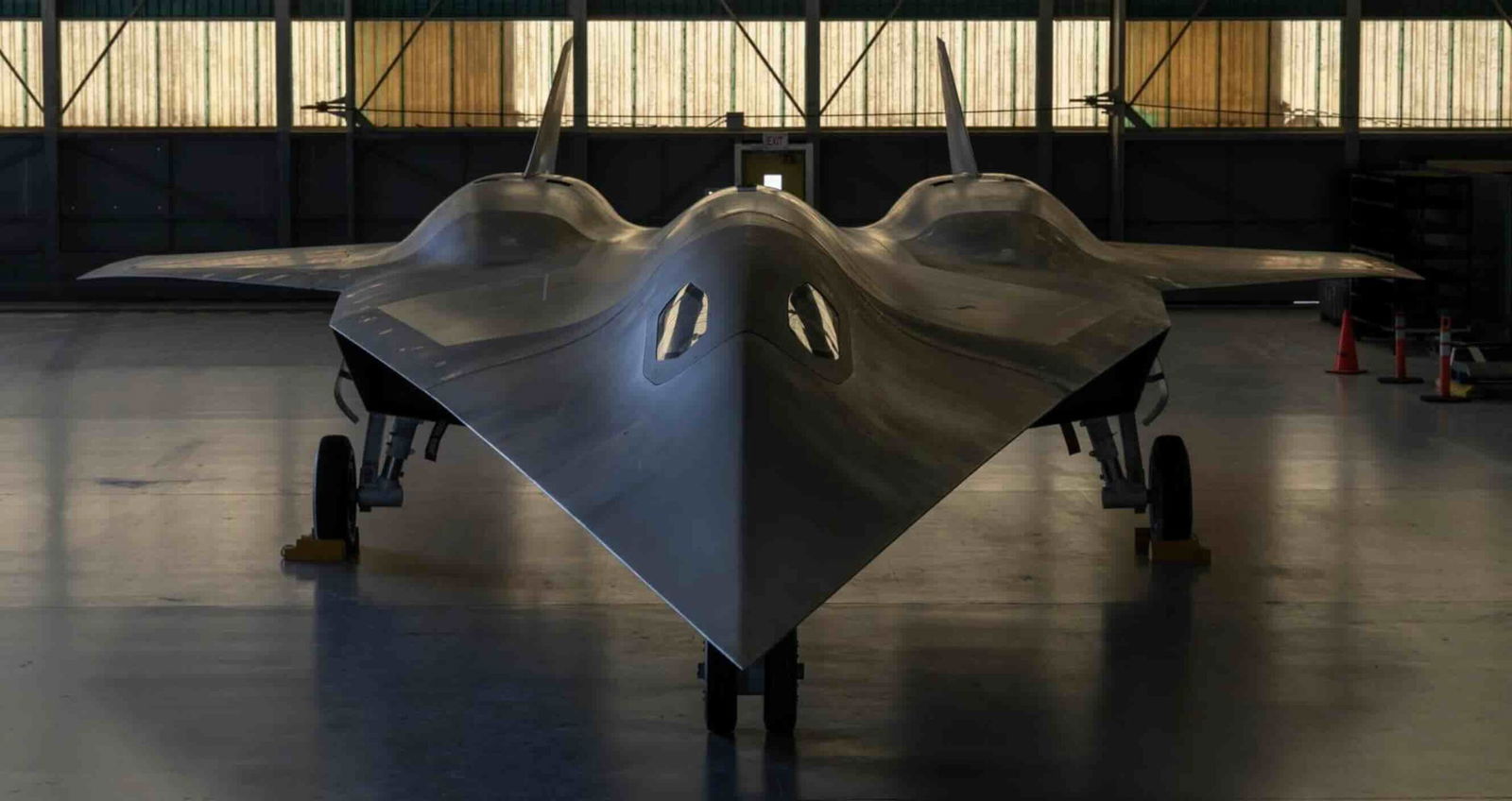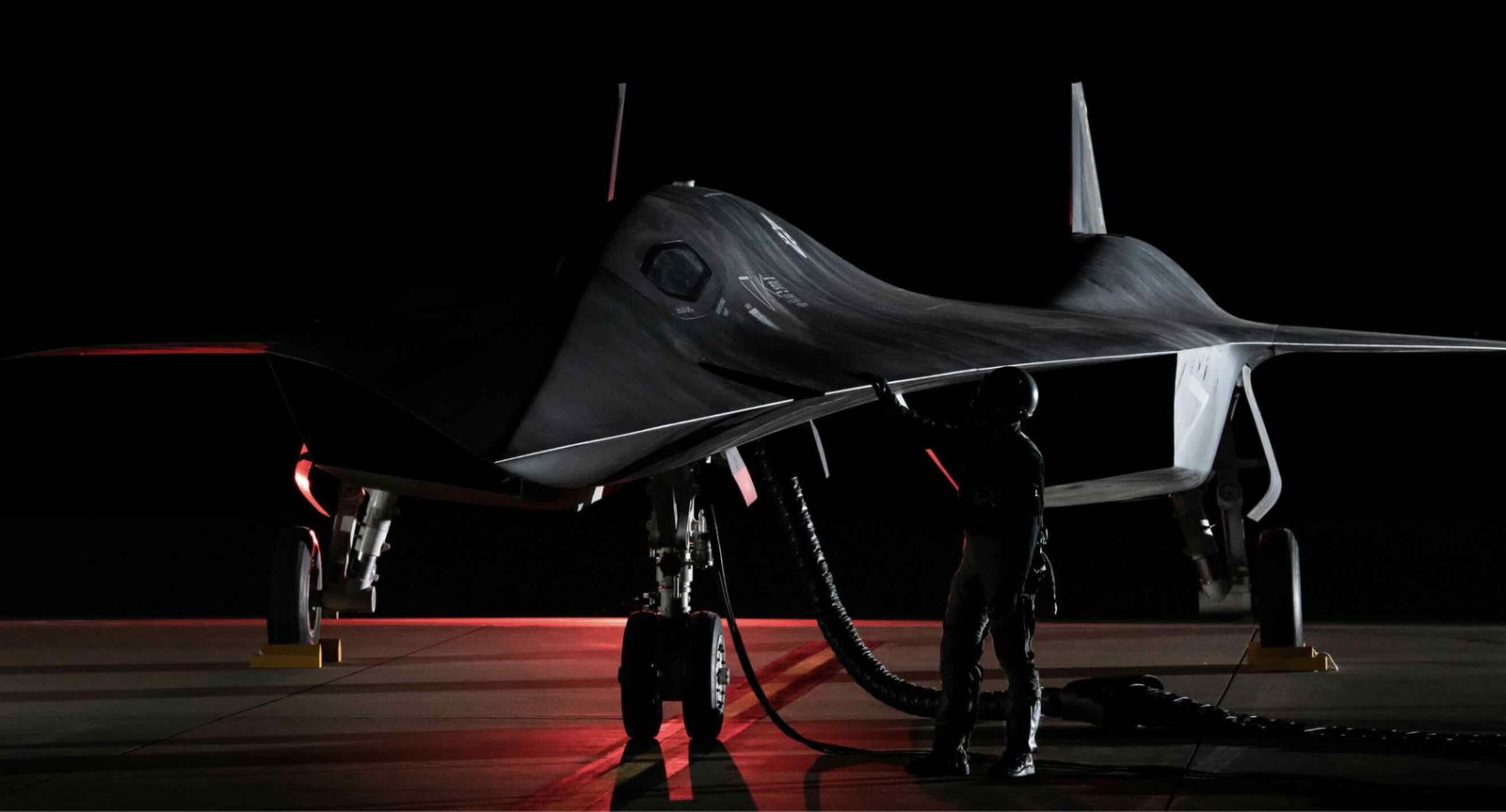In 2013, a feature article appeared on the website of legendary aerospace and defense giant Lockheed Martin that quickly had aviation buffs talking. The piece, titled “Speed is the New Stealth,” claimed that a new hypersonic aircraft was under development at the company’s famous Skunk Works facility, which would soon set a new standard for speed and stealth in American aerospace technologies.
“That’s because today,” the article explained, “engineers are developing a hypersonic aircraft that will go twice the speed of the SR-71.”
“It’s called the SR-72.”
It was a remarkable revelation since 2013 marked nearly 23 years since the fabled SR-71—once the pride of the American stealth reconnaissance arsenal—had been officially retired. The conclusion of the SR-71’s tenure in service resulted from several factors, including maintenance costs amid a shrinking military budget and new vulnerabilities presented by developments in Soviet surface-to-air missile capabilities.


Perhaps the most apparent issue the SR-71 faced was the implementation of newer, less costly, and more effective reconnaissance technologies. Chief among these were satellites that had already proven their resilience in collecting detailed information from the heart of Soviet territory by the final years of the 20th century. Then, in the early 2000s, the CIA began to deploy the first armed Predator drones for missions in Afghanistan, an early showcase for the power and capability of unmanned aerial vehicles as an American military asset in the new millennium.
Amidst such 21st-century realities, by 2013, Lockheed Martin seemed confident that its vision of a new unmanned hypersonic aircraft capable of flight at six times the speed of sound would soon become a reality. Citing cost-saving production methods and recent advancements made with Aerojet Rocketdyne to “integrate an off-the-shelf turbine with a supersonic combustion ramjet air-breathing jet engine to power the aircraft,” the 2013 article seemed to indicate that the forthcoming wonder machine that Aviation Week had already nicknamed the “son of Blackbird” would soon take flight.
The arrival of America’s next formidable stealth plane, in other words, was right around the corner. Yet despite all the buzz the SR-72 announcement generated at the time, the story eventually receded again into the shadows of the highly classified world of black projects.
Over the years, occasional articles have helped feed the rumor mill surrounding what would become the fastest aircraft ever developed if it were seen through to production. Coverage of the SR-72 program’s alleged status has increased even more sharply in recent months, with some linking the aircraft to the fictional “Darkstar” plane featured in the motion picture Top Gun: Maverick and propelling new speculations about how close we might be to finally seeing the real-life “son of Blackbird.”


New Reports Suggest the Fabled SR-72 is Nearing Production
Now, after years of speculation about the SR-72’s status, promising new indications that the next-generation hypersonic demonstrator aircraft could finally be nearing production are coming to light.
Separate reports from Aviation Week and Sandboxx have recently focused on a classified Lockheed Martin program that exceeded its budget by $45 million in the second quarter of 2024, bringing total losses since 2022 to $335 million. Attributed to what are likely to be advanced procurement costs, the aerospace giant’s budget issues appear to point to pre-contract investments in a program that Lockheed Martin likely hopes will be recovered once the Department of Defense recognizes the value in what it is currently building.
In the past, Skunk Works has developed similar innovations based mainly on speculation that they would later be adopted and funded, with notable examples that include the D-21 supersonic ISR drone. An additional clue that suggests the company’s classified contract related to a “highly complex design and systems integration,” as recently cited by Aviation Week reporter Steve Trimble, can be found in the original 2013 article announcing the SR-72, which suggested it “could be operational by 2030,” meaning the company could still be on track with the original timeline put forward for development of the aircraft more than a decade ago.
Prior to the recent reports published by Aviation Week and other outlets, The Debrief also began making inquiries into the status of the SR-72. In April, The Debrief reached out to the Director of Integrated Communications with Lockheed Martin Skunk Works, requesting any details on the program’s current status initially outlined in 2013, but received no responses to our inquiries.
Budget Issues and Strategic Advantages
Lockheed Martin’s reported cost overruns showcase the high-risk, high-reward nature of developing advanced aircraft in the 21st century. Ultimately, the program’s future will rest in whether the finished demonstrator craft, which the company previously suggested may see initial test flights by as early as 2025, can convey its strategic value to any prospective military buyer.


Unlike its Cold War predecessor, the SR-72 will have numerous advantages that extend well beyond the specialized reconnaissance capabilities of the SR-71. The unmanned aircraft is expected to possess advanced strike capabilities, which, along with its hypersonic speed, could make it the fastest attack plane ever built, greatly exceeding the capabilities of unmanned aerial systems currently in use by the American military.
“Hypersonic aircraft, coupled with hypersonic missiles, could penetrate denied airspace and strike at nearly any location across a continent in less than an hour,” said Brad Leland in Lockheed Martin’s original 2013 announcement. Leland, then serving as the program manager for Lockheed Martin’s hypersonics development, noted that the speed such an aircraft could achieve would be “the next aviation advancement to counter emerging threats in the next several decades.”
“The technology would be a game-changer in theater, similar to how stealth is changing the battlespace today,” Leland added about the SR-72 program. These sentiments are still very accurate more than a decade later, and outline plans for an aircraft capable of addressing the critical need for combined speed and flexibility that modern warfare demands.
Despite the capabilities the SR-72 could offer, the U.S. Air Force is already wrapped up in several expensive projects, all straining the U.S. defense budget. This could signal problems for the SR-72 regarding whether the additional cost of production and maintenance for a new fleet of advanced aircraft is feasible.
Nonetheless, if they are successful in bringing the SR-72 to fruition, Lockheed Martin’s current gamble on the project could ultimately help propel the American military to the forefront of hypersonic aviation, despite reports in recent years that the U.S. has fallen behind other countries in its development of such technologies.
Right now, the path forward for the “son of Blackbird” remains uncertain. However, if current speculations about Lockheed Martin’s most secretive project are correct, it is still possible that the aircraft could see operational service by the early 2030s, bringing a high return on a costly bet that could fundamentally reshape the landscape of military aviation.
Micah Hanks is the Editor-in-Chief and Co-Founder of The Debrief. He can be reached by email at micah@thedebrief.org. Follow his work at micahhanks.com and on X: @MicahHanks.

